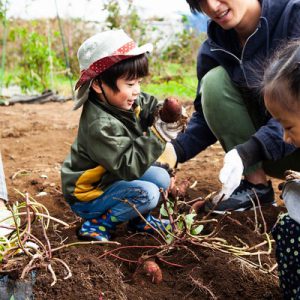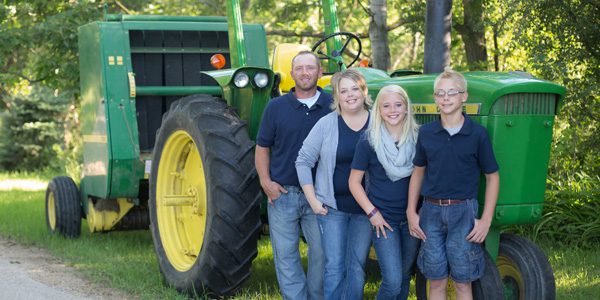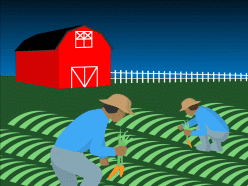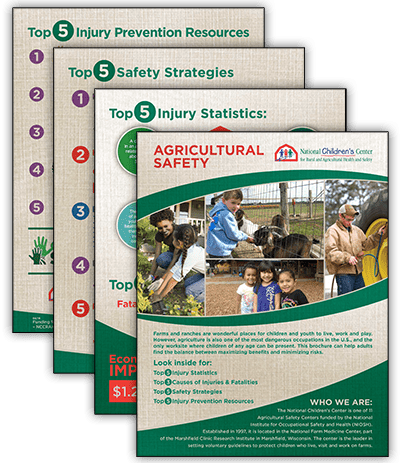MAY 2022
UMASH is fortunate to work closely with the National Children’s Center for Rural and Agricultural Health and Safety (NCCRAHS) to improve the health and safety of agricultural workers and their families. NCCRAHS is now 25 years old!
To celebrate NCCRAHS’ 25th year making agriculture safer for children, explore the center’s fantastic resources and read their press release!
The article is reprinted below with permission.
National child agricultural safety center turns 25
 The National Children’s Center for Rural and Agricultural Health and Safety is celebrating 25 years of preventing injuries associated with the agricultural worksite, one of the nation’s most hazardous worksites and the only one where children of any age may be present.
The National Children’s Center for Rural and Agricultural Health and Safety is celebrating 25 years of preventing injuries associated with the agricultural worksite, one of the nation’s most hazardous worksites and the only one where children of any age may be present.
The center kicked off its observance March 28-30 during the North American Agricultural Safety Summit in Las Vegas, Nev., sharing its latest research and resources with leaders in agricultural industry, farm organizations, academic research and government agencies.
“We are excited to be celebrating this milestone, and we have a number of ways that people can get involved,” said Marsha Salzwedel Ed.D., youth agricultural safety specialist with the National Children’s Center.
On May 19, the center will host an online discussion featuring highlights and stories from the past 25 years. Anyone with a passion for agricultural safety is welcome to attend. It will be the first of several online and in-person activities in 2022. Check www.marshfieldresearch.org/nccrahs for details of events as they become available.
 The National Children’s Center, part of the National Farm Medicine Center, Marshfield Clinic Research Institute, was established in 1997 with funding from the National Institute for Occupational Safety and Health (NIOSH), Centers for Disease Control and Prevention. It is one of 11 NIOSH-funded Agricultural Centers, and the only center dedicated to childhood agricultural injury prevention.
The National Children’s Center, part of the National Farm Medicine Center, Marshfield Clinic Research Institute, was established in 1997 with funding from the National Institute for Occupational Safety and Health (NIOSH), Centers for Disease Control and Prevention. It is one of 11 NIOSH-funded Agricultural Centers, and the only center dedicated to childhood agricultural injury prevention.
Barbara Lee, Ph.D., director of the National Children’s Center since its inception, recalls that before the National Children’s Center, “there were relatively few resources and virtually no guidance on strategies to safeguard working and non-working children on farms.”
The national approach to childhood agricultural injury prevention has paid off. Among early Children’s Center interventions was the development of guidelines for parents to match chores with their child’s developmental and physical capabilities. Follow-up data demonstrated a 56% decline in youth farm injury rates from 1998 to 2009, which ranked among Morbidity and Mortality Weekly Report’s Ten Great Public Health Achievements 2001-2010.




